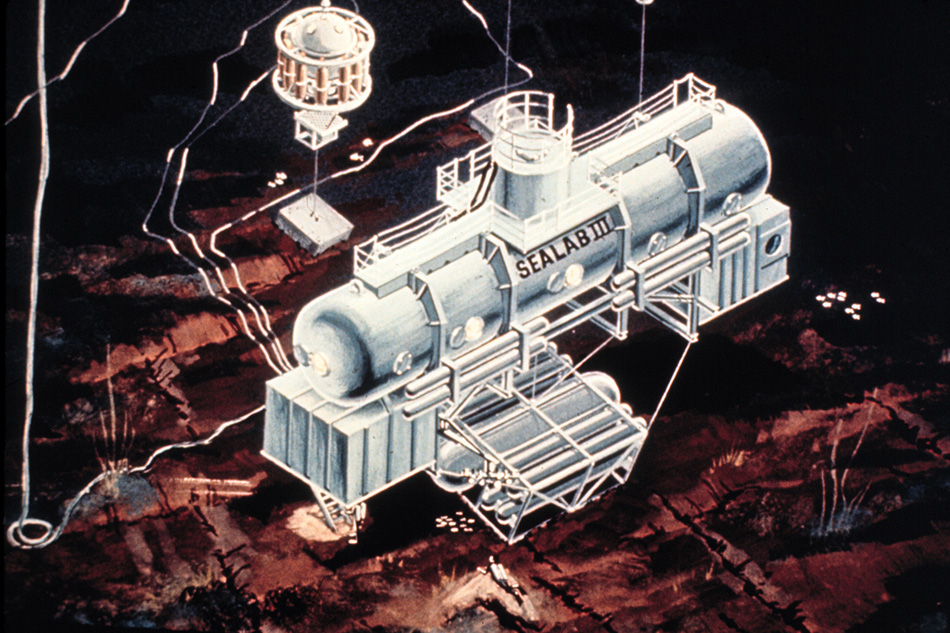Special Journal Issue on 2D Materials for Electrochemical Energy Storage and Conversion
Special Journal Issue on 2D Materials for Electrochemical Energy Storage and Conversion
The ASME Journal of Electrochemical Energy Conversion and Storage is currently accepting manuscripts for a special issue focusing on the topic “2D Materials for Electrochemical Energy Storage and Conversion.” Authors who are interested in having their manuscripts included in the special issue, to be published in May 2023, should submit their manuscripts by August 30, 2022.
Electrochemical energy storage and conversion are currently one of the most critical challenges due to increasing energy demand. Therefore, discovering novel materials to develop low-cost and more efficient energy storage technologies is urgently necessary. Among various novel materials, two-dimensional (2D) materials have attracted intensive research activities in multiple fields due to their fascinating physical and chemical properties. 2D materials that have a higher surface-to-volume ratio are beneficial to developing low-cost and large-scale energy storage systems for practical applications. There have been many promising concepts of 2D materials based on real-life energy applications recently in batteries, supercapacitors, fuel cells, solar cells, thermoelectric, triboelectric generators, etc.
Despite recent progress, significant efforts are still needed to investigate the fundamentals of 2D materials for electrochemical energy storage and conversion. Original research articles, reviews, mini-reviews, and perspectives are welcome from multiple disciplines in this special Issue.
Manuscripts to be included in the special issue should concentrate on a range of topics including, but not limited to design, synthesis, and characterization of novel 2D materials for electrochemical energy storage and conversion; theoretical and computational modeling of 2D materials for energy storage and conversion; novel 2D materials for excellent batteries and supercapacitors; efficient 2D materials and mechanisms of hydrogen storage applications; and 2D materials for fuel cell applications.
Manuscripts should be submitted electronically to the journal by August 30, 2022, via Journals Connect at journaltool.asme.org. Authors who have an account should log in and select “Submit Paper” at the bottom of the page. Authors without an account should select “Submissions” and follow the steps. At the Paper Submittal page, authors should select “ASME Journal of Electrochemical Energy Conversion and Storage” and then select the special issue “2D Materials for Electrochemical Energy Storage and Conversion.” Papers received after the deadline or papers not selected for inclusion in the special issue may be accepted for publication in a regular issue.
The guest editors for the special issue are Leela Mohana Reddy Arava, Wayne State University, USA, fl8799@wayne.edu; and
Dibakar Datta, New Jersey Institute of Technology, USA, dibakar.datta@njit.edu.
For more information on the ASME Journal of Electrochemical Energy Conversion and Storage, visit https://asmedigitalcollection.asme.org/electrochemical. To learn more about the ASME Journal Program, visit www.asme.org/publications-submissions/journals/information-for-authors.
Electrochemical energy storage and conversion are currently one of the most critical challenges due to increasing energy demand. Therefore, discovering novel materials to develop low-cost and more efficient energy storage technologies is urgently necessary. Among various novel materials, two-dimensional (2D) materials have attracted intensive research activities in multiple fields due to their fascinating physical and chemical properties. 2D materials that have a higher surface-to-volume ratio are beneficial to developing low-cost and large-scale energy storage systems for practical applications. There have been many promising concepts of 2D materials based on real-life energy applications recently in batteries, supercapacitors, fuel cells, solar cells, thermoelectric, triboelectric generators, etc.
Despite recent progress, significant efforts are still needed to investigate the fundamentals of 2D materials for electrochemical energy storage and conversion. Original research articles, reviews, mini-reviews, and perspectives are welcome from multiple disciplines in this special Issue.
Manuscripts to be included in the special issue should concentrate on a range of topics including, but not limited to design, synthesis, and characterization of novel 2D materials for electrochemical energy storage and conversion; theoretical and computational modeling of 2D materials for energy storage and conversion; novel 2D materials for excellent batteries and supercapacitors; efficient 2D materials and mechanisms of hydrogen storage applications; and 2D materials for fuel cell applications.
Manuscripts should be submitted electronically to the journal by August 30, 2022, via Journals Connect at journaltool.asme.org. Authors who have an account should log in and select “Submit Paper” at the bottom of the page. Authors without an account should select “Submissions” and follow the steps. At the Paper Submittal page, authors should select “ASME Journal of Electrochemical Energy Conversion and Storage” and then select the special issue “2D Materials for Electrochemical Energy Storage and Conversion.” Papers received after the deadline or papers not selected for inclusion in the special issue may be accepted for publication in a regular issue.
The guest editors for the special issue are Leela Mohana Reddy Arava, Wayne State University, USA, fl8799@wayne.edu; and
Dibakar Datta, New Jersey Institute of Technology, USA, dibakar.datta@njit.edu.
For more information on the ASME Journal of Electrochemical Energy Conversion and Storage, visit https://asmedigitalcollection.asme.org/electrochemical. To learn more about the ASME Journal Program, visit www.asme.org/publications-submissions/journals/information-for-authors.



